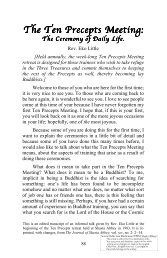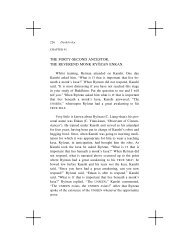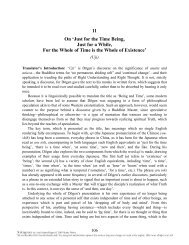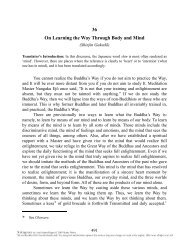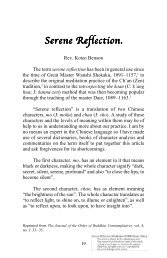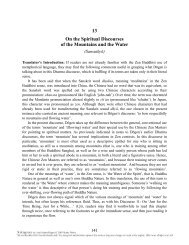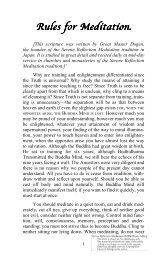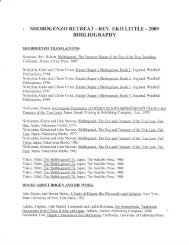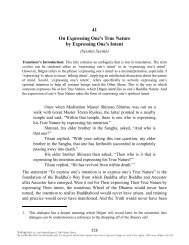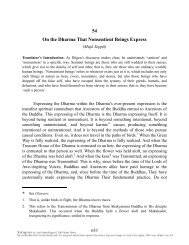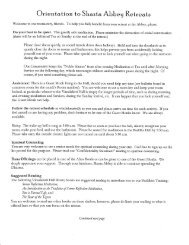SO TO ZEN - Shasta Abbey
SO TO ZEN - Shasta Abbey
SO TO ZEN - Shasta Abbey
You also want an ePaper? Increase the reach of your titles
YUMPU automatically turns print PDFs into web optimized ePapers that Google loves.
110 Appendix I: Western Interest in Buddhist Meditationand training. S‡t‡ Zen emphasizes thorough training, or theapplication of the meditation practice to the details of daily life.The †baku School, founded by Ingen, linked up with thenembutsu of Ming China. It is the smallest Zen School today.The general characteristics of the three meditationschools are as follows: 1) training in meditation, 2) findingthe True Self, or the direct experience of the Unborn, 3) vitalizingthis training and understanding in daily life, 4) not clingingto the literal meaning of the Scriptures, but learning to act inaccordance with their spirit, 5) transmitting the Truth fromheart to heart. Since coming to Japan, Zen has had vital influenceon architecture, sculpture, painting, calligraphy, gardening,flower arrangement, y‡kyoku, noh, haiku and the teaceremony. It has produced a unique art. At its best, this art ischaracterized by simplicity, profundity, creativity and vitality.Simplicity includes economy of color and line and directnessof style. The garden at Ryoan-ji Temple in Ky‡to and the sumiedrawings of Sessh‰ are typical examples. Profound depth isseen in the apparent simplicity of Zen art. Examples include thehaiku of Bash‡ and the noh plays of Zeami. The creativity ofZen art is found in its closeness to life and its impulse towardfresh expression. This art uses form to transcend form. ProfessorE. Herrigel called this Òto climb on the shoulders of histeacher.Ó Sessh‰Õs paintings and Ry‡kanÕs calligraphy typifythe creative art produced by the direct understanding of the




